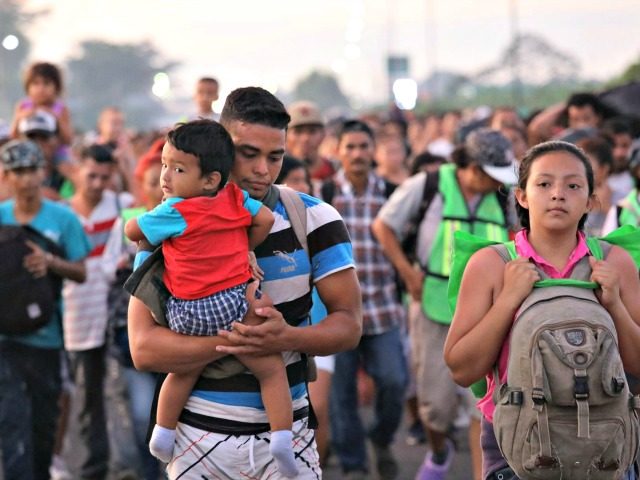A regular columnist in the New York Times is admitting that mass migration causes inequality throughout America.
“I think our immigration policy should take into account the sharp rise in inequality over the last few decades,” David Leonhardt wrote July 17. He explained:
It’s not just a coincidence that the period of strongest income gains for middle-class and poor families — starting in the 1940s — followed, and overlapped with, a period of falling immigration. “Immigration restriction, by making unskilled labor more scarce, tended to shore up wage rates,” the great labor historian Irving Bernstein wrote.
The economists Peter Lindert and Jeffrey Williamson have noted that the foreign-born share of the labor force fell to 5 percent in 1970, from 21 percent in 1915. Countries with “slower labor force growth” in the middle of 20th century, they note, “experienced deeper income inequality reductions.”
Since the 1970s, of course, immigration has surged, as has income inequality. Many other factors play a role in rising inequality: corporate consolidation, slowing educational attainment, the decline of unions, falling tax rates on the rich and more. Some of these are substantially more important than immigration. But immigration belongs on the list.
Leonhardt’s column is a modest step but is notable because nearly all former liberals have remained silent about the huge economic and political consequences of their high-migration/cheap-labor economic strategy. The silence is all the more remarkable because one of the most obvious consequences has been the 2016 election of a New York real-estate entrepreneur to the White House.
But Leonhardt’s admission will likely go nowhere because his proposed fix for the current inequality is to shift the pain of cheap-labor migration from blue-collar Americans to his own influential professional class and their cosseted college-graduate children.
Instead of lowering or ending immigration, he suggests the inequality problem can be addressed by reducing, “or at least hold constant, the level of immigration by people who would compete for lower- and middle-wage jobs while increasing immigration among people who would compete for higher-wage jobs.
His column provides more evidence that elite Americans are so enamored of immigration and diversity that they would throw the college graduate class under the bus rather than give up their visions of ruling over a chaotic and fractured “diverse” society.
Breitbart News has provided the most extensive and detailed coverage in the media of the many links between the federal economic policy of migration and the widening economic gap between investors and employees, between the few coastal states and the heartland states, and between the civic status of elitists and ordinary Americans.
Few establishment reporters can follow the money through the immigration debate, partly because their careers are risked by exposing the elites’ economic, statu, and political gains from mass migration. The major risk for journalists is the likely backlash from their own peers and customers — the progressives in the Democratic base, the business elites, and high-status university leaders who pride themselves on their self-serving support for divide-and-rule diversity.

COMMENTS
Please let us know if you're having issues with commenting.